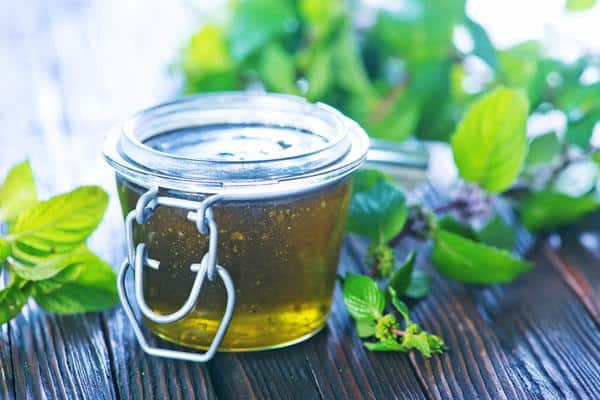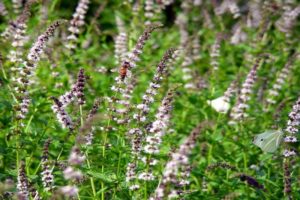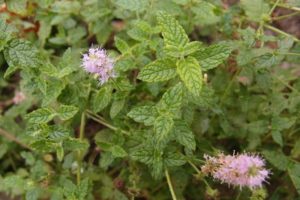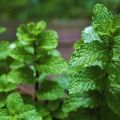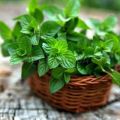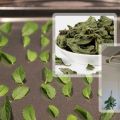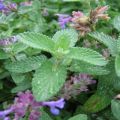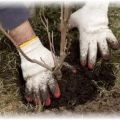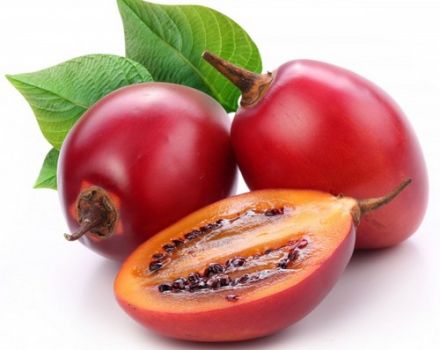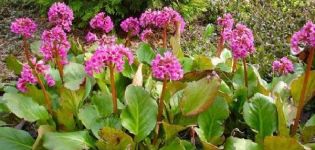What is the difference and what is the difference between mint and lemon balm, which is healthier
Every housewife knows that the aroma and taste of a culinary masterpiece depends on what spices and herbs are used in cooking. Gardeners are trying to grow the necessary components in the beds - homemade greens have a fragrant bouquet and a lot of useful qualities. Mint and lemon balm are frequent inhabitants of the garden beds, but it often happens that there is confusion with the cultivation of these crops - not everyone knows the differences between plants. How to correctly determine what grows in the garden and what features are similar and at the same time so different types of spices?
How to tell the difference between mint and lemon balm by their appearance
If you look closely at these crops, it is noticeable that outwardly these plants are very similar, and even an experienced gardener can easily confuse mint with lemon balm. The mistake is not too dangerous, since the aroma of these herbs in no way spoils the aroma of the dishes. In terms of the content of useful qualities of culture, they also hardly differ. The only thing to remember is that plants have limitations and can cause allergies in sensitive people, so it is better to learn how to distinguish them in order to prevent mistakes that are dangerous to health.
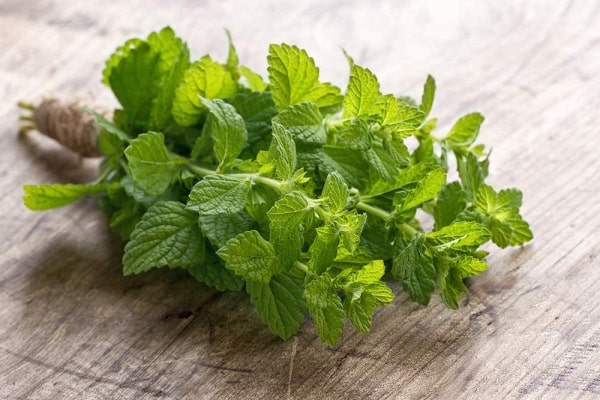
Mint has a straight, long stem, ending with flowers collected in a dense inflorescence-spikelet. The shade ranges from light lilac to deep purple. It may depend on climatic conditions and variety. The height of an adult bush does not exceed a meter, although low-growing mint is often found - up to 30-50 cm.The leaves are oval, although in some species they are lanceolate, the root system is small and weak.
Flowering ends with the appearance of an ovary, although this is considered a rare occurrence, the fruit contains several small nuts inside.
Melissa is different in appearance from mint, and with some observation it is easy to spot the differences. The stem begins to branch from the very surface of the soil. Flowers are collected not in a spikelet, but in rings encircling the shoots, located along the entire length at a certain distance. The height of the plant can reach one and a half meters, although it happens to meet such a bush quite rarely. Lemon balm leaves are ovoid.
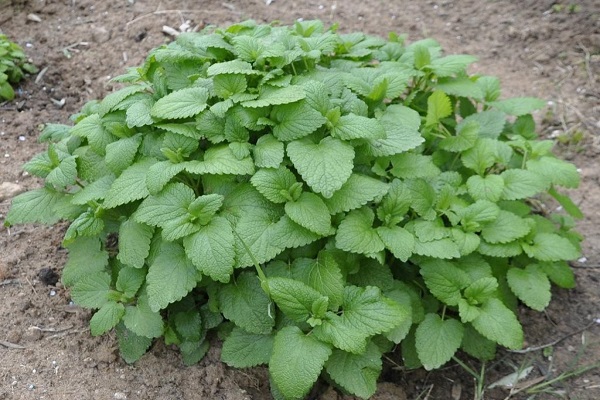
Smell
The differences between lemon balm and mint do not end there - these cultures differ not only in appearance, but also in aroma. The scent of mint is a pronounced aphrodisiac, it has notes of menthol. The aroma is refreshing and spicy, with delicate notes of spring flowers.
Melissa has an equally bright fragrance, you can distinguish notes of citrus fruits, especially lemon or lime. Bees like this particular culture more, so in the summer honey harvesting, you can distinguish plants by the presence of these tiny toilers.Bees rarely land on mint, although the smell is no less attractive than that of lemon balm.
To determine the peculiarities of the aromas, it is enough to carefully smell the lemon balm and mint alternately - the fragrance bouquets are so different that they cannot be confused. Familiarity with the description of cultures and smells is enough to forever learn to distinguish between these types of spices.
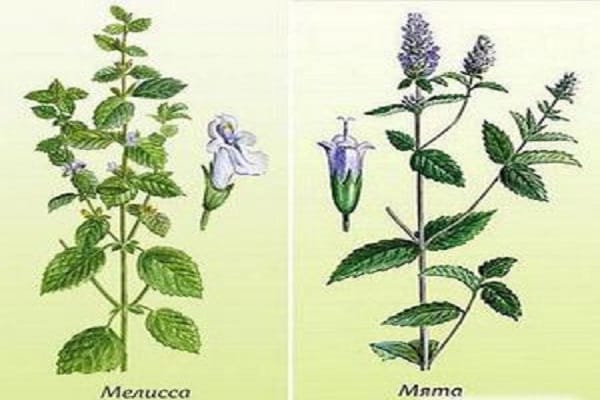
Taste
You can also distinguish between mint and lemon balm by taste, which, like useful properties, these plants have completely different. Mint has a refreshing menthol aroma, and the taste is also menthol. This is perfectly noticeable in the dishes - they acquire a pleasant bouquet of spices.
Melissa is not so rich in bouquet of aromas - the taste of a plant, if chewed thoroughly, resembles a lemon. This spice is often added to lemonades - it successfully replaces the main component, the difference is practically not felt.
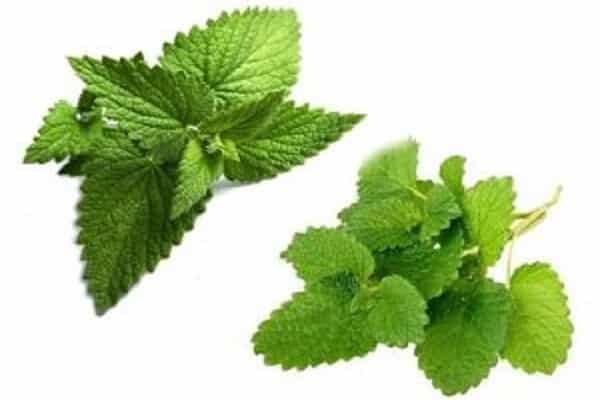
Differences in chemical composition
If you ask herbalists what beneficial qualities mint and lemon balm have, you can hear a rather curious answer - the first plant perfectly invigorates and tones, the second calms and has a beneficial effect on the state of the nervous system. The reason for this difference is in the composition.
Mint contains:
- essential oils;
- saturated acids;
- alimentary fiber;
- vitamin groups (A, B, C);
- fats;
- minerals (copper, phosphorus, iron, potassium).
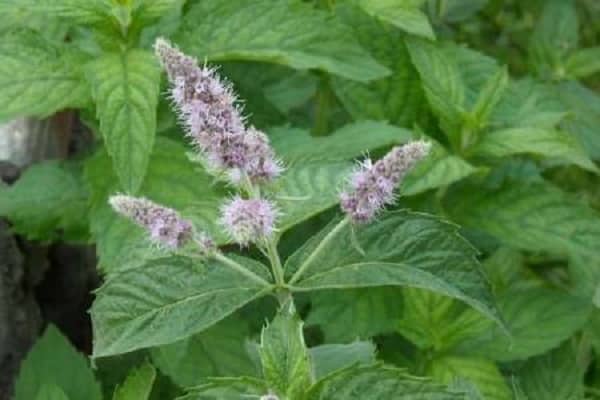
Melissa is not so rich in useful ingredients, although it also boasts many elements that have a beneficial effect on the human body. Among them:
- minerals (manganese, iron, magnesium);
- vitamins (the whole group of B-vitamins, A, a small amount of C);
- fats.
Important! There are no dietary fibers and essential oils in the lemon balm, so you can enrich the body only with minerals and vitamins.

Medicinal effect of plants
Differences between mint and lemon balm not only in taste, aroma, appearance, but also in lmedicinal properties, which are best studied in advance in order to avoid mistakes in treatment. It is recommended to use mint for such health problems or diseases:
- inflammatory processes of internal organs or on the surface of the skin;
- persistent high blood pressure problems;
- infectious diseases;
- fatigue, loss of strength, apathy;
- problems with the digestive tract, frequent heartburn, bloating, stool disorders;
- heart pathology, problems with vasodilation.

Melissa is not so often used in the treatment of diseases, although the plant has no less medicinal qualities, and it is often more useful than mint. It is recommended to use plant materials with beneficial properties for such problems:
- nervous disorders, depression, stress;
- trouble sleeping (insomnia);
- all types of dermatitis, rashes on the skin, non-healing wounds, severe burns;
- persistent diarrhea;
- increased gas formation;
- nausea, which can turn into prolonged vomiting.

It is not necessary to use plants as a means - you can simply add raw materials to dishes, prepare refreshing healing drinks on their basis. The main rule of preparation is not to mix mint with lemon balm, this will not have a positive effect on health, since herbs have their own characteristics and affect the human body in different ways.
Where to add lemon balm
Cooking has its own characteristics and rules for using lemon balm. Fresh plant materials are often used, but dry grass also has a bright smell and almost does not lose its beneficial properties during processing.
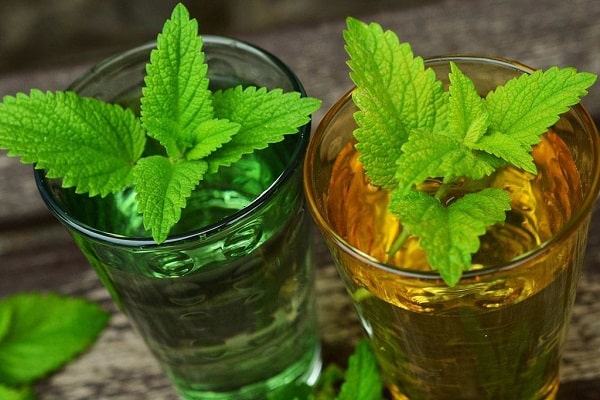
Fresh plant materials are used in the preparation of first courses, salads, and even added to desserts. Dry grass goes well with marinades for fish, meat.Often they add it when salting cabbage for the winter, enriching a useful product with vitamins, minerals, and a persistent bright aroma.
When preparing dishes, it is important to remember that it is recommended to add spice a few minutes before the end of cooking or stewing. If you do this earlier, the aroma will not be as pronounced, and even a bitter taste may appear.

It is also recommended to use lemon balm for the preparation of aromatic refreshing drinks. The plant-based tea has many beneficial properties and can improve overall health and well-being with regular use.
Important! It is not necessary to use only lemon balm in the preparation of drinks - it goes well with thyme, marjoram, basil. It is recommended to use this mixture for marinades, in conservation.
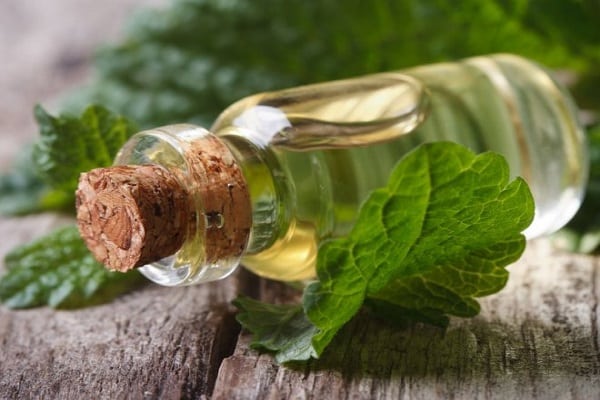
Where to add mint
Like lemon balm, it is recommended to use mint in any form - fresh, dried, canned. The only rule is not to freeze the grass, the beneficial qualities will not completely disappear, but this will affect the presentation of the plant, the rich green tint will be lost and there will be almost no aroma. It is better not to experiment and, if possible, add fresh plant materials to the dishes, and dry the leftovers and store them in sealed containers.
It is recommended to add fresh plant materials to salads, meat dishes, sauces. Butter whipped with mint chopped into pulp has an excellent taste. Baking with the addition of this spice acquires new notes and a bright fragrance. Even in the preparation of alcoholic beverages, mint was not without, liqueurs and cocktails are prepared on its basis.
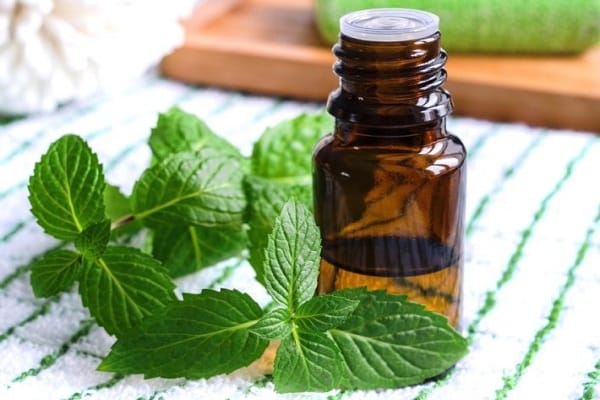
You can also use dry mint. It often becomes the main ingredient in spicy sauces. Another way to use mint is to brew a fragrant and abundant tea with it. The drink is recommended for many health problems and simply to improve mood and energy. You can add ginger, lemon, even cinnamon to mint tea.
Powder from dry raw materials is often included in ready-made seasonings for dishes.
Melissa and mint are plants, each of which has its own characteristics, so do not confuse completely different cultures, although they come from one huge family. It is enough to carefully consider their appearance, smell, taste, so that you will never be confused. It is also recommended to get acquainted with the qualities of herbs and the peculiarities of their use in cooking - this will improve the taste of dishes and give them a new, unique touch.
